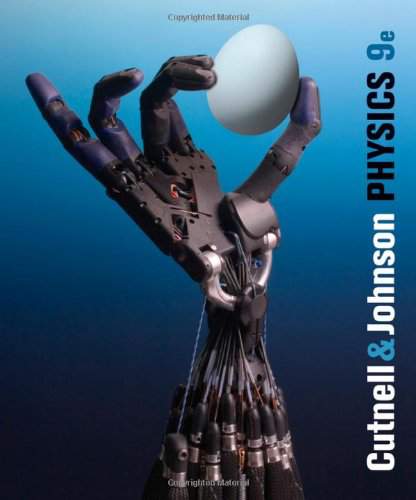Starting up...

This is a quick preview of the lesson. For full access, please Log In or Sign up.
For more information, please see full course syllabus of High School Physics
For more information, please see full course syllabus of High School Physics
High School Physics Intro to Waves
Lecture Description
Up until now we’ve dealt with linear movement in mechanics and a bit of circular motion, however there is another kind of movement that we need to discuss before we jump into waves. Think of a spring and how, after released from compression, it enters a rhythm of rising up and falling down. The only thing that stops it from doing this continuously forever is friction. This kind of rhythmic motion is called a periodic motion, and more specifically, a simple harmonic motion. This term will come up again later in the course, so be sure to keep it in mind as we progress.
Bookmark & Share
Embed
Share this knowledge with your friends!
Copy & Paste this embed code into your website’s HTML
Please ensure that your website editor is in text mode when you paste the code.(In Wordpress, the mode button is on the top right corner.)
×
Since this lesson is not free, only the preview will appear on your website.
- - Allow users to view the embedded video in full-size.
Next Lecture
Previous Lecture















































2 answers
Last reply by: Peter Ke
Thu Apr 28, 2016 12:50 PM
Post by Peter Ke on March 21, 2016
At 22:50, how you get 2pi/lambda(x) - 2pi/T - 2pi.
Specifically I don't understand where you get the 2pi at the end from.
Please explain..
2 answers
Last reply by: Anna Ha
Sun May 31, 2015 8:29 PM
Post by Anna Ha on May 31, 2015
Hi Professor Selhorst-Jones,
Thank you for your wonderful videos! They have been very helpful :)
I was just wondering do transverse and longitudinal waves require a medium?
I also wanted to check that: mechanical waves require a medium and can be transverse and longitudinal waves. And electromagnetic waves do not require a medium and are only transverse waves. Right?
Thank you!
1 answer
Mon Sep 9, 2013 11:28 AM
Post by HARRISON IGWE on September 9, 2013
hi professor I've been finding difficulties in solving this problem .
The equation Y=55m(3x-4t),where Y is mm,X is in m,T is in seconds represent a wave motion . Determine (i)frequency (ii)period (iii)speed of wave?
2 answers
Last reply by: Goutam Das
Tue Jun 11, 2013 3:23 AM
Post by Goutam Das on June 7, 2013
Hi professor, as far as I know,
All waves need a medium to propagate.
The medium of sound is a fluid, and fluids have no shear strength, therefor they can only be longitudinal (pressure) waves.
Electromagnetic waves are transverse (shear) waves, so their medium (ether) has to be solid. The formula for the speed of a transverse wave in a solid is
c = √(G/Ï), where G is the shear modulus (stiffness) and Ï is the inertial density of the medium. If we knew the density of the ether, we could calculate its shear modulus from the known speed of light, and vice versa. Evidently, the ether is ultra dense—perhaps a googol times denser than a neutron star. That's inertial density; the ether probably has no gravity of its own, as (I believe) it is also the medium of gravity, and all the other forces. What do you think professor?